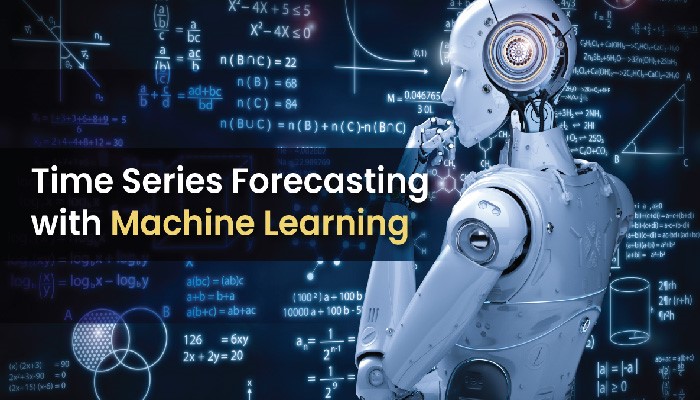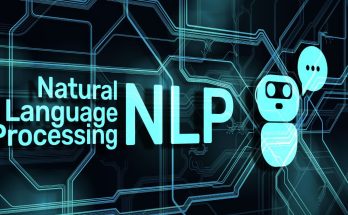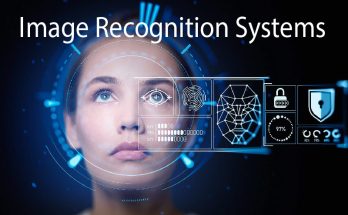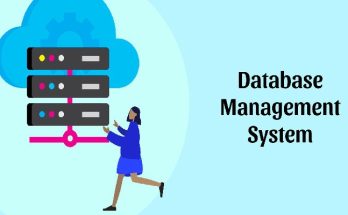Predictive Precision: Unleashing the Potential of Machine Learning in Forecasting the Future
Welcome to the exciting world of Machine Learning in Forecasting the Future, where algorithms have the power to unlock the mysteries of tomorrow. Imagine peering into a crystal ball that is not based on guesswork or intuition but on data-driven insights and patterns. From weather forecasting to stock market trends, machine learning is revolutionizing how we anticipate the future with unprecedented accuracy and precision. Join us as we delve into the realm of predictive precision and explore how this cutting-edge technology is shaping our tomorrows today!
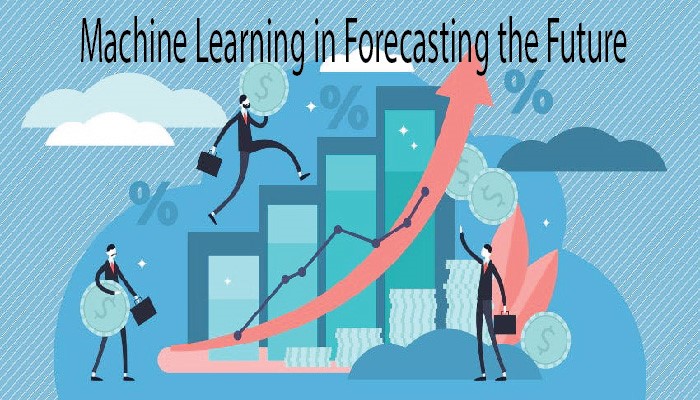
Understanding the fundamentals of predictive precision
Machine learning is the backbone of predictive precision, providing a framework for algorithms to analyze data and make accurate forecasts. Understanding the fundamentals starts with recognizing that machine learning models learn patterns from historical data to predict future outcomes. By training these models with vast amounts of information, they can detect subtle relationships and trends that humans may overlook.
Moreover, predictive precision relies on continuous refinement and optimization of algorithms to enhance accuracy over time. It involves selecting appropriate features, fine-tuning parameters, and validating results through testing datasets. The goal is not just prediction but making informed decisions based on reliable projections.
In essence, grasping the basics of predictive precision entails acknowledging its iterative nature – where feedback loops drive improvements in forecasting capabilities. Embracing uncertainty while leveraging statistical techniques allows for more robust predictions in various domains such as finance, healthcare, marketing, and beyond.
Delving into the core principles behind predictive precision unveils a realm where data-driven insights shape our understanding of what lies ahead.
Real-world applications of machine learning in forecasting
Machine learning has revolutionized forecasting across various industries. In finance, algorithms analyze historical data to predict stock prices and market trends with remarkable accuracy. Retailers leverage machine learning to anticipate consumer demand, optimize inventory levels, and personalize recommendations for customers.
In healthcare, predictive models assist in diagnosing diseases early by analyzing patient data and identifying patterns that may indicate potential health risks. Weather forecasting has also greatly benefited from machine learning techniques, enabling meteorologists to make more precise predictions about upcoming weather conditions.
Moreover, in transportation logistics, machine learning algorithms are used to optimize routes, reduce delivery times, and enhance efficiency within supply chains. The applications of machine learning in forecasting are vast and diverse; the technology continues to play a crucial role in shaping the future of decision-making processes across multiple sectors.
Advantages and limitations of using machine learning for predictions
The use of machine learning for predictions offers numerous advantages. One key benefit is its ability to analyze vast amounts of data quickly and efficiently, leading to more accurate forecasts. Machine learning algorithms can detect complex patterns in the data that might be challenging for humans to identify. This results in improved decision-making and strategic planning based on data-driven insights.
Additionally, machine learning models can adapt and learn from new information, enhancing their predictive capabilities over time. By continuously refining their algorithms, these systems can provide increasingly precise forecasts as they gather more data.
However, there are also limitations to using machine learning for predictions. One drawback is the potential for bias in the data used to train these models, which can lead to inaccurate or unfair predictions. It’s essential to carefully evaluate and address any biases present in the dataset to ensure the reliability and fairness of the outcomes generated by machine learning algorithms.
Another limitation is the need for a significant amount of high-quality labeled data to train robust prediction models effectively. Gathering and labeling large datasets can be resource-intensive and time-consuming, limiting the scalability of some machine learning applications.
While machine learning offers substantial advantages in forecasting future trends accurately, it’s crucial to recognize and mitigate its limitations effectively for ethical and reliable predictions.
Ethical considerations and potential biases in predictive precision
When it comes to utilizing machine learning for predictive precision, ethical considerations and potential biases play a crucial role in ensuring fair and accurate outcomes.
One key concern is the bias that can be inadvertently programmed into the algorithms due to historical data reflecting societal prejudices. It’s essential to constantly monitor and address these biases to prevent discriminatory outcomes.
Transparency in the decision-making process is vital to understand how predictions are made. Lack of transparency can lead to distrust among users and stakeholders, impacting the credibility of the forecasting model.
Ensuring diverse representation in data collection and model development is necessary to minimize biases that may arise from homogenous datasets. By incorporating varied perspectives, we can create more inclusive and unbiased predictive models.
Regular audits and evaluations of machine learning systems are critical to identify any biased patterns or unethical practices promptly. Continuous monitoring helps maintain integrity in forecasting processes while mitigating potential risks associated with biased predictions.
Case studies: Successful use of machine learning in forecasting
Machine learning has revolutionized the way businesses and industries approach forecasting. Case studies showcasing successful applications of machine learning in predicting future outcomes have demonstrated its unmatched potential.
In the healthcare sector, machine learning algorithms have been utilized to forecast patient diagnoses and treatment outcomes with impressive accuracy. By analyzing vast amounts of data, these models can predict health trends and aid in personalized medicine.
Another remarkable example is seen in financial services where machine learning is leveraged for stock market predictions. These algorithms can analyze market trends, trading patterns, and news sentiment to make informed forecasts on asset prices.
Retail companies have also benefited from machine learning in demand forecasting. By considering factors like seasonality, consumer behavior, and external influences, retailers can optimize inventory levels and supply chain management effectively.
The success stories of using machine learning for forecasting across various industries highlight its potential to drive accurate predictions and informed decision-making strategies.
Future implications and advancements in predictive precision
As technology continues to advance at a rapid pace, the future implications of predictive precision through machine learning are vast and exciting. One key area of advancement is in healthcare, where predictive models can help diagnose diseases earlier and personalize treatment plans for patients. This could potentially revolutionize the way we approach healthcare, leading to better outcomes and improved patient care.
In the financial sector, machine learning algorithms can analyze market trends and consumer behavior with unprecedented accuracy. This allows businesses to make more informed decisions and adapt quickly to changes in the market landscape. The potential for increased profitability and efficiency is immense.
Furthermore, in fields like climate science and environmental conservation, predictive modeling can be used to anticipate natural disasters or track endangered species’ populations. By harnessing the power of machine learning, researchers can take proactive measures to mitigate risks and preserve biodiversity.
As we look towards the future, advancements in predictive precision will continue to shape industries across the board. Whether it’s optimizing supply chains, enhancing cyber security measures or even predicting human behavior patterns – the possibilities are endless with machine learning at our fingertips.
Conclusion: Harnessing the power of machine learning for a more accurate future forecast
As we delve deeper into the realm of machine learning and its role in predictive precision, it becomes evident that the potential is vast. By harnessing the power of algorithms and data, we can unlock a more accurate forecast for the future.
With real-world applications spanning industries from finance to healthcare, machine learning has proven its worth in predicting trends and outcomes with remarkable accuracy. However, it’s essential to acknowledge both the advantages and limitations associated with using this technology for predictions.
Ethical considerations must also be at the forefront of our minds as we navigate the landscape of predictive precision. Addressing biases within algorithms and ensuring transparency are crucial steps towards responsible use of machine learning in forecasting.
Looking ahead, advancements in technology promise even greater capabilities for predictive analytics. As researchers continue to push boundaries and refine models, we can expect more sophisticated tools for forecasting that offer unparalleled insights into what lies ahead.
By embracing machine learning and leveraging its capabilities effectively, we have the opportunity to revolutionize how we anticipate future scenarios. With a focus on ethical practices and continuous innovation, we can truly unleash the full potential of predictive precision for a brighter tomorrow.
